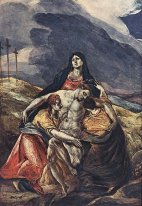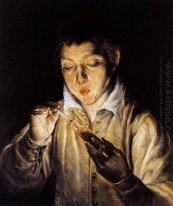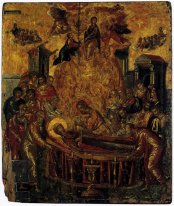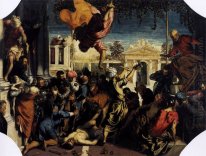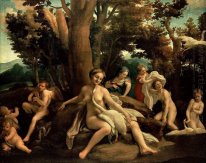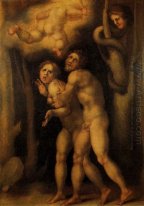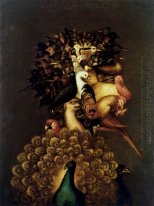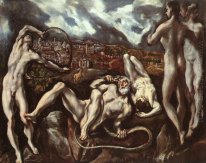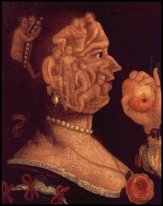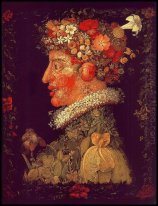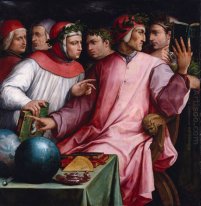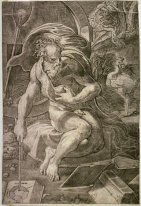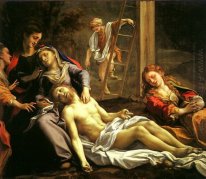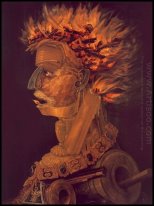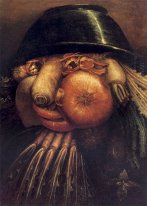Mannerism (Late Renaissance)
.jpg)
Mannerism was an art style that focused on the human form, depicted in intricate poses and in exaggerated, not always realistic settings. The term Mannerism was derived from the Italian word maniera, translated as style. It developed in Florence and Rome between 1520 and 1600, as a style that rejected the balance of the Renaissance period in favor of a more emotional and distorted point of view. This art style reflected the tension in Europe at the time of its popularity. The movement eventually gained favor in northern Italy and most of central and northern Europe.
In Mannerist paintings, compositions can have no focal point, space can be ambiguous, figures can be characterized by an athletic bending and twisting with distortions, exaggerations, an elastic elongation of the limbs, bizarre posturing on one hand, graceful posturing on the other hand, and a rendering of the heads as uniformly small and oval. The composition is jammed by clashing colors, which is unlike what we"ve seen in the balanced, natural, and dramatic colors of the High Renaissance. Mannerist artwork seeks instability and restlessness. There is also a fondness for allegories that have lascivious undertones.






